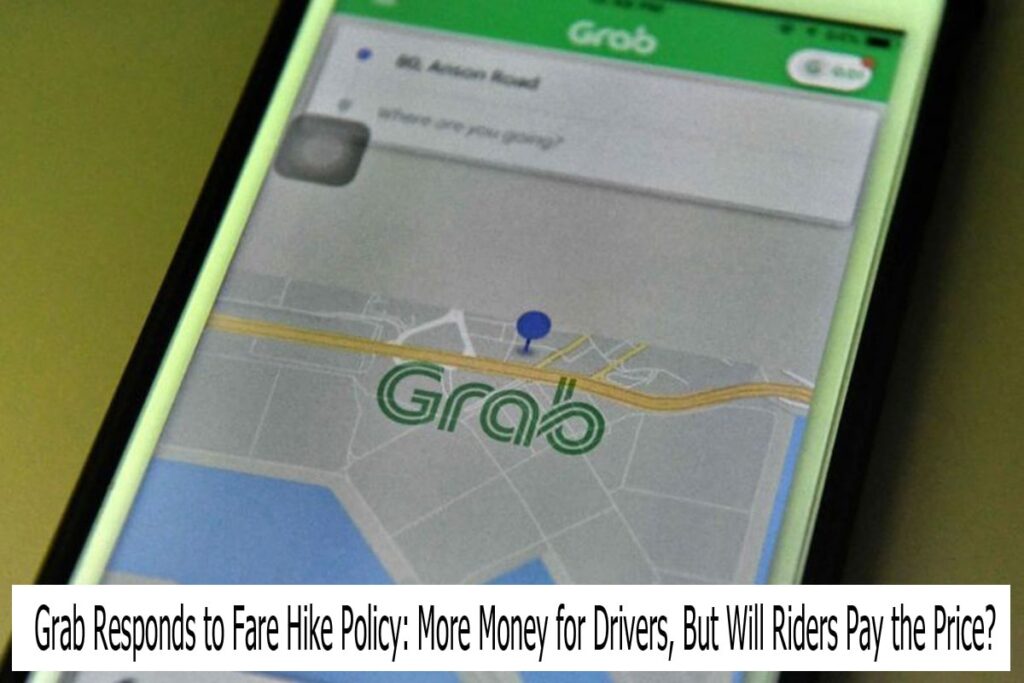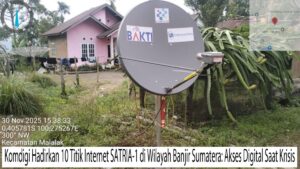If you’re a frequent ojek user, you might want to hold on tight — not just to the driver, but to your wallet too. Indonesia’s Ministry of Transportation recently proposed a fare hike for online motorcycle taxis (ojol) by 8–15%, and Grab has officially chimed in.
While the government says it’s meant to balance driver income with inflation and operational costs, the big question remains: Will this move really help drivers, or will it just scare off price-sensitive passengers?
So, What’s Changing Exactly?
The new tariff structure will affect all three service zones across Indonesia:
- Zone I (Non-metro/small towns)
Current base fare: Rp 1,850/km → Up to ~Rp 2,127/km - Zone II (Jakarta & major cities)
Current base fare: Rp 2,600/km → Up to ~Rp 2,990/km - Zone III (Remote or mixed areas)
Varies depending on local cost structures
While the percentage increase sounds small, it could mean an extra Rp 2,000–5,000 per trip for many riders — enough to make a difference for daily commuters.
Grab: “We’re Ready to Talk, But Let’s Be Realistic”
Grab Indonesia’s Chief of Public Affairs, Tirza Munusamy, said the company is open to supporting the fare adjustment as long as it’s balanced and based on data. In her words:
“We support efforts to improve driver welfare, but fare adjustments should consider passenger affordability and service demand.”
In short: Grab doesn’t mind helping drivers earn more — as long as customers don’t start ghosting the app.
Gojek, Maxim & Others Join the Chat
Grab isn’t alone. Gojek also issued a similar “support with caution” stance, saying any decision should be based on transparent joint studies with regulators and driver communities.
Meanwhile, Maxim Indonesia went one step further — warning that fare hikes without strong demand could backfire by reducing trip volume, hurting drivers more in the long run.
What Do Drivers Think?
Not everyone’s cheering. Some driver groups, like the Garda Indonesia union, have raised concerns that the fare hike doesn’t address the real issue: high platform commissions.
They argue that unless app commissions (currently around 20–30%) are reduced, a fare hike alone won’t change much in take-home income.
“It’s like raising the size of the pizza, but the drivers are still getting the same slice,” one ojol driver quipped during a demo in May.
Real Impact: Good for Drivers, Bad for Riders?
Upside:
- Drivers may earn more per ride — helpful in big cities with rising fuel and food prices.
- Potential reduction in dead-mileage (empty rides) if fewer people abuse low fares.
Downside:
- Passengers may ride less frequently — especially students or daily commuters.
- More competition from public transport or illegal ojek pangkalan (street-based motorbike taxis).
There’s also a concern that fewer rides might offset the income gains — especially if app demand dips.
Will This Stick, Or Will It Stall?
The Ministry of Transportation is currently reviewing feedback from companies, driver associations, and passengers. The new fares could be implemented as early as late July 2025, depending on stakeholder agreement.
Grab has called for continued dialogue, saying “no one wins” if the market becomes unstable.
In short: nothing’s final, but the engine is running.
Final Thoughts
The fare hike debate feels like a tightrope walk between helping drivers and keeping passengers on board. Grab seems to be walking that line carefully — not rejecting the hike, but urging caution.
Whether you’re team driver or team commuter, one thing’s clear: every kilometer’s getting more expensive.
So the next time you tap the Grab app and see a slightly higher fare, just remember — that price tag might be funding a fairer ride for someone on the other side of the helmet.





